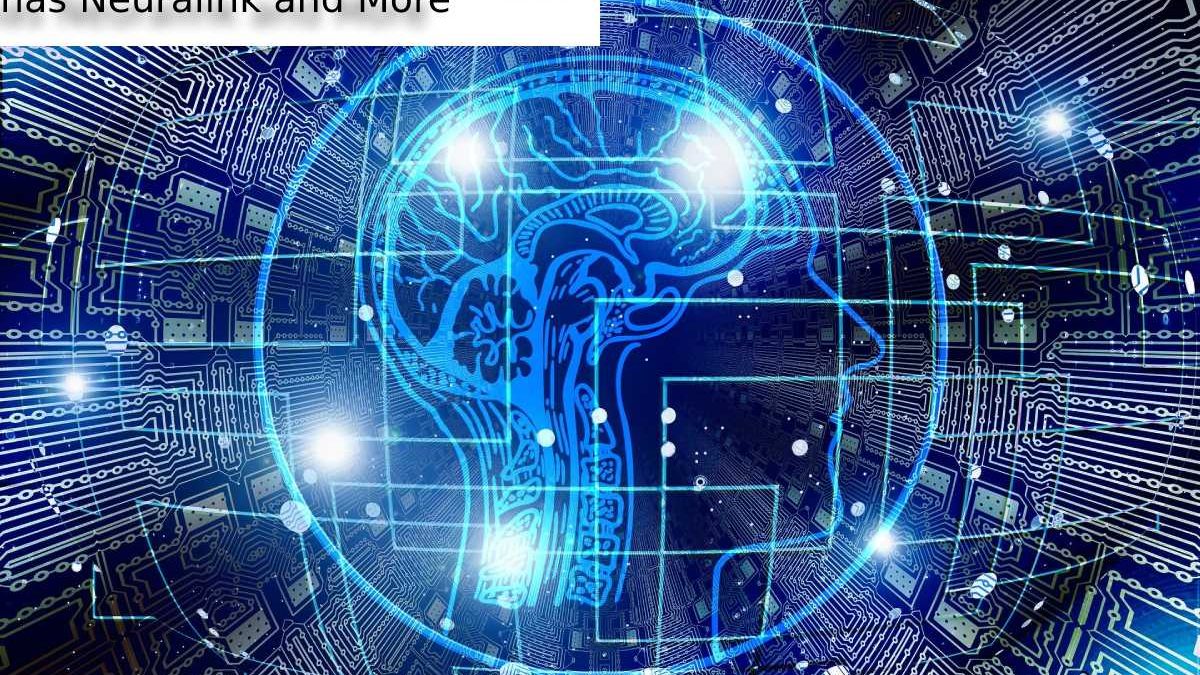Table of Contents
What is Neuralink
The neurotechnology firm Neuralink Corporation creates implanted brain-machine interfaces (BMIs). Elon Musk, Max Hodak, and Paul Merolla co-founded the business, which has its main offices in San Francisco’s Pioneer Building and shares space with OpenAI.
Device
- The Neuralink is a device that will be surgically implanted into your brain, and with it, you’ll be able to connect with machines and even control them.
- It will too help study the brain’s electrical signals and arrive at solutions that can help cure various medical problems.
How Can We Talk To Machines Using Our Brain?

The Elon Musk’s ambitious project of connecting the human brain to the internet to help control machines is almost at the stage of being released for commercial use.
- Extra prominently known as Neuralink, the company will disclose more updates about the project on 28 August.
- It will give us insight into when we can expect the technology to roll out and some more news on its use.
- Meanwhile, Musk hasn’t officially confirmed a release date for Neuralink. However, I am sure many of you are curious about what it is and how it will change how humans interact with machines.
- Not only that, Neuralink could push onward studies in the fields of neuroanatomy and neuroscience by years.
What Technology Has Neuralink Developed That Is Objectively Useful?
NeuraLink spawned the Link, connecting electrodes to a wireless controller and power supply mounted neatly onto a brain.
- The Link utilizes inductive power coupling to allow for overnight charging.
- While the wireless technology allows for wireless streaming of gathered neural data.
- The current version of the Link has 1,000 neural channels, and each track remains connected to hundreds of neurons. Making it very difficult to detect individual neurons firing.
- The first tech demonstration of the Neuralink brain chip working involved a machine. That can install electrodes into brain matter while avoiding blood vessels.
- The advantage of a Neuralink system is installing thousands of electrodes while preventing bleeding, which can be catastrophic.
- An additional health benefit to such a system is automating a brain electrode system’s installation.
- Thus helping to realize long-term goals of making brain implants a “one-hour procedure done at a local clinic.”

